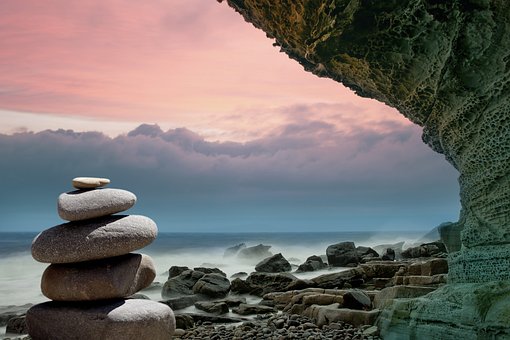In our previous installment we wrote about the first cross of the fallen that was built embedded in the walls of the west façade of a practically ruined Seminary, well, its location in that place could be thought to be accidental or chosen at random, nothing That was not a reality, but rather responded to an architectural project carried out by the Devastated Regions (RRDD) organization.
The ultimate idea was the construction of an enormous staircase that would link San Francisco street with the enormous cross of the Seminary that would culminate at the top of such a megalomaniac monument and that corresponded to the fascist edge mentality of the new Franco regime since the perspective of the monument was to be spectacular when contemplating it from the hill of La Muela or from the fertile plain of the Turia river.
All the crosses that were built in these years by the Franco regime were located in strategic places within rural or urban landscapes: avenues, street intersections, roundabouts and in many cases the cross broke the landscape of the Spanish geography in addition to presenting a classicist aesthetic that sought to convey spirituality and sobriety
The stairway project was not carried out although there are RRDD architectural plans in the Historical Archive of Teruel that reproduce this proposal. Behind the non-realization of such a monument were, above all, economic reasons, very probable in the 40s, but others of a political and architectural nature also had an influence, as we will see.
On the reconstruction of the Seminary there were different opinions and proposals among the sectors related to the regime. On the one hand, the RRDD architects headed by Alejandro Allaneguí, who was responsible for the PPRIT (Partial Interior Reform Project of Teruel), considered that the future Seminary presented an inadequate location for the needs of the new teaching center, let us not forget that It had a primary educational function, because it did not have enough recreational space for the young seminarians who would be the future residents at a time when there were many people from Teruel who passed through its classrooms.
On the other hand, the leaders of the Franco regime, especially the Falangists, wanted to preserve the ruins, as if they were part of “one more Belchite”, in order to extol the Numantine resistance of the defenders against the government troops during the Battle of Teruel or, in any case, the construction of the so-called Casa del Partido, of course Falange, was proposed, just as RRDD did in other towns that were being cleared and rebuilt after the destructive effects of the war.
The Church, represented in this case by the stubborn Bishop León Villuendas Polo, a native of Torrijo del Campo, was in favor of the construction of a new plant for the Seminary, which represented a strong economic investment. Finally, it was the opinion of the Church that prevailed, so it was decided to destroy what was left standing of the building, to clear the rubble of the place and on the resulting site, to erect the new Seminary with which the first cross of the fallen disappeared. it was able to remain standing for around seven or eight years.
In this space, a new building in the Escurial style was erected, alien to the Turolense and Aragonese tradition, but for this the ruins had to be cleared first. This whole process lasted decades because in 1953, during Franco’s visit to Teruel, the towers were still being built and, according to some sources, even rubble that still had to be removed was hidden so that the dictator would not see it.
Consequently, and in accordance with the political approaches of Franco’s National Catholicism, a second cross of the fallen had to be raised, this perhaps not so monumental (it measures around five meters high) which is the one that is currently preserved in front of the Seminary building.
It is a cross made of wrought iron flanked by four lampposts that have now disappeared. Once again, the Christian cross, a very powerful symbol, was once again seen as appropriated by the victorious defenders who also placed two “victors” to be remembered, one in the House of Culture and the other on the facade of the Primary Education school, that was being built those years and that have disappeared.
The project for this cross of the fallen is from 1947, which indicates the number of post-war years that it took to decide what to do with the Seminary. Its position was fixed next to the San Martín tower and following the Aragonese tradition, it was built in wrought iron according to the project of Antonio Choliz Lanaja and the architecture student José Mª Martín. It would still take two or three years to finish.
The Plaza del Seminario, since the cross of the fallen was located on one side, despite the plans to place a fountain in the center, it remained free and free of obstacles, which is why it was the ideal place to perform there in the postwar period. all kinds of Falangist concentrations and support for the Franco regime. All of them presided over by the deteriorated current cross of the fallen.
One of the most notable concentrations took place during the inauguration of several works, among them the Seminary and the Plaza, in 1953 with the assistance of Franco in person, who, according to the newspaper of the Movement “Lucha”, brought together “the Guard of Franco, the Company of Honors, the Falange, all around a Cross, a flag, a Caudillo. Immediately afterwards, Fray León Villuendas Polo, Bishop of Teruel, sprinkled with holy water these blessed corners that were soaked in blood those days in which life was not worth living, if it did not burn in the holocaust of God and Spain”. Almost nothing. These concentrations always presented a totally fascist dialectic and aesthetics next to the cross of the fallen.

